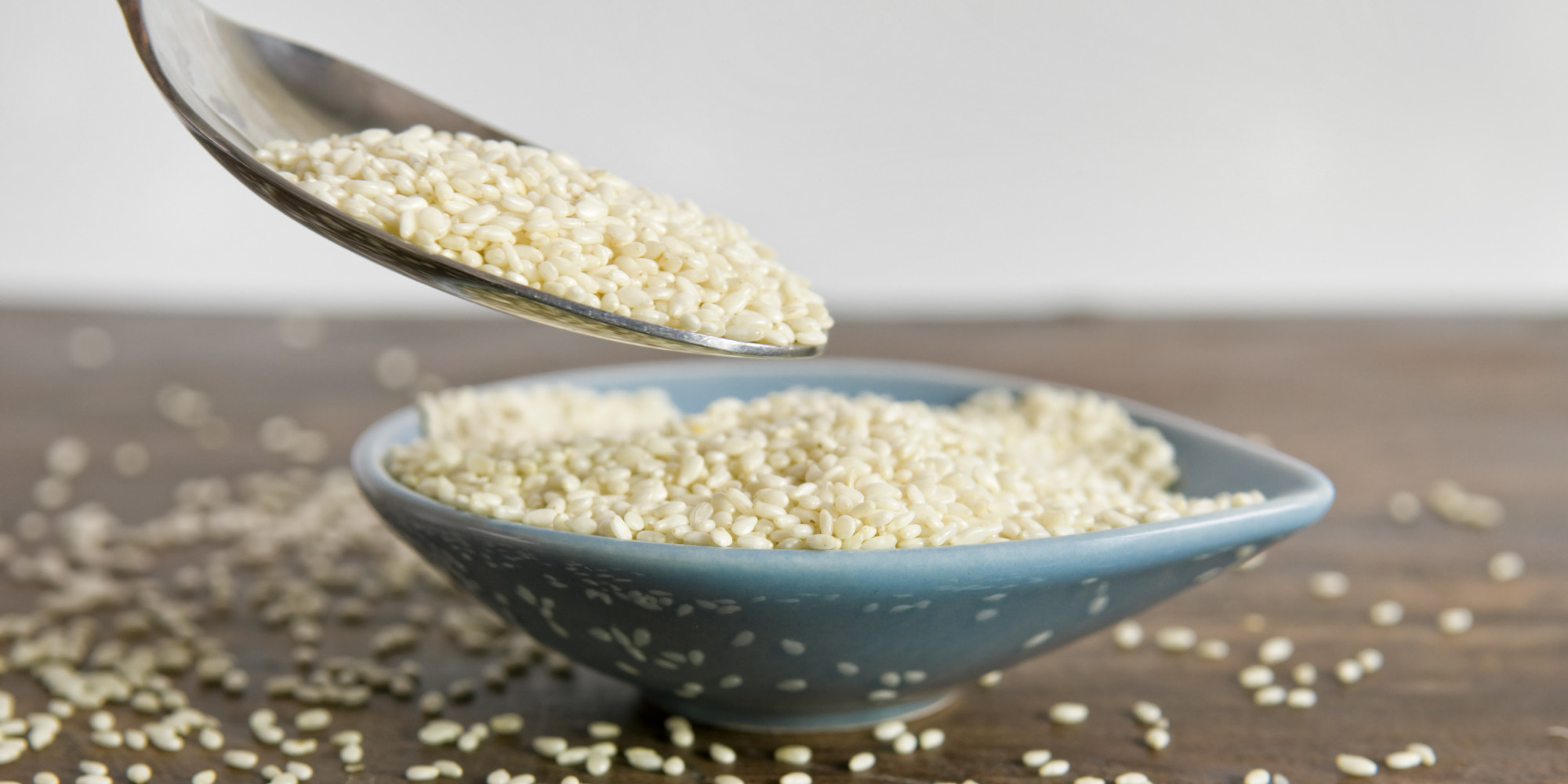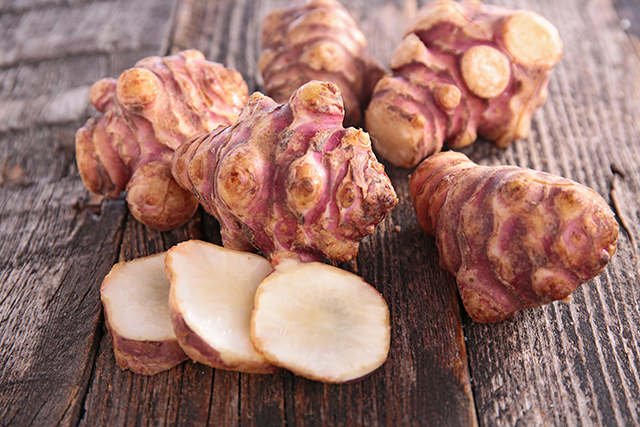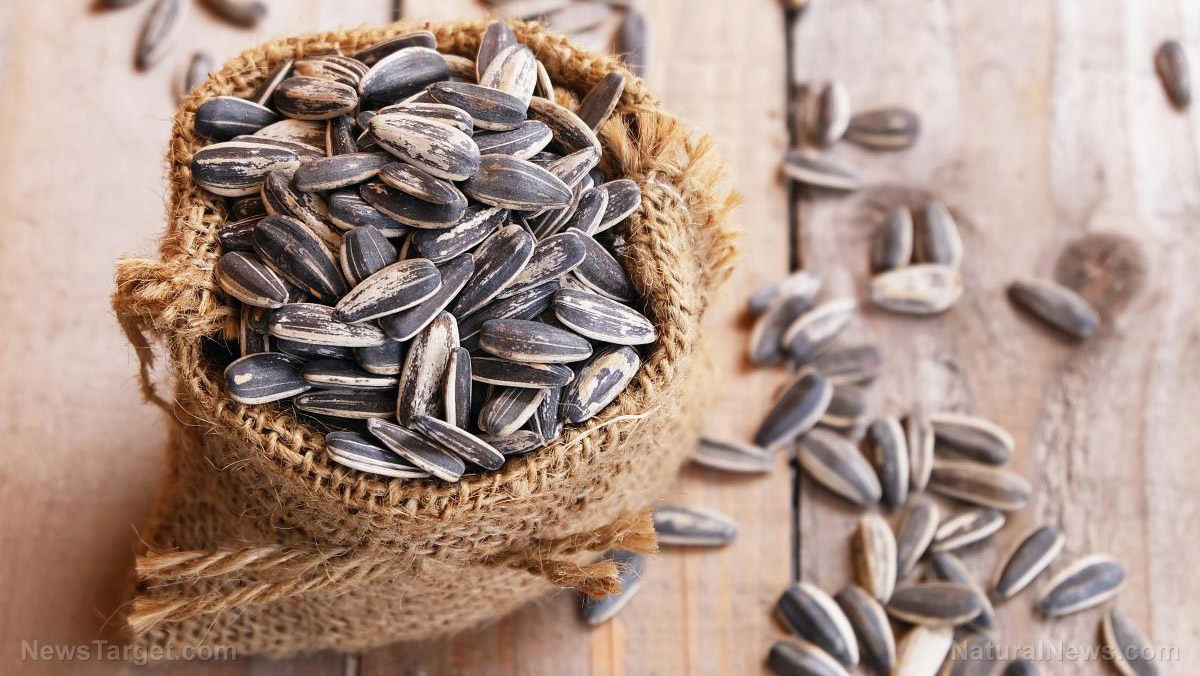Natural fertilizers are better than chemical ones at preventing crop disease
09/13/2018 / By Ralph Flores

A study led by researchers in Paraguay suggests that treating sesame seeds with natural biocontrol agents can significantly increase their resistance against infections caused by plant pathogens. Their findings, published in the Australian Journal of Basic and Applied Sciences, identified the non-pathogenic fungi Trichoderma and Azospirillum brasilense as potential agents to protect the seeds against infections from Macrophomina phaseolina, which is responsible for a plant disease called charcoal rot.
Charcoal rot is a widespread disease in the U.S., affecting at least 500 species of plants – including important crops such as peanuts, soybeans, and corn. In peanuts, the condition can lead to seed and seedling rot, wilting, root and stem rots, leaf spots, and rotting of immature pods. Charcoal rot in soybeans results in the early maturation of the plant, chlorosis (a loss in the green colors in leaves), and incomplete pod filling. In corn, the disease means stalk rot.
While charcoal rot can also infect other crops, such as cabbage (Brassica oleracea), pepper (Capsicum annuum), chickpeas (Cicer arietinum), sunflower (Helianthus annuus), and potatoes (Solanum tuberosum), the researchers focused on mitigating its effects on sesame seeds (Sesamum indicum), a crop considered to be economically viable in Paraguay, where the study was held. For the most part, multiple treatments are available for plants that have been affected with charcoal rot; however, sesame seeds are particularly challenging, as these products are shipped and used in their natural form, and treating them with chemicals can be a major cause of concern for food safety.
“As a mechanism of alternative control, [we propose] the use of live microorganisms that act as a biocontrol agent for the management of diseases,” the researchers wrote in their report. “The use of biological microorganisms would play an important role in the management of the crop, since it is managed as organic and it handles demanding standards in terms of production.”
For the study, the team carried out two experiments to determine the effects of inoculating the plants with the biological agents. For the first experiment, researchers used a randomized design, wherein sesame seed samples were treated with six different treatments. Aside from the control group, the treatments included: (1) inoculation with M. phaseolina; (2) chemical fungicide; (3) inoculation with Trichoderma; (4) inoculation with A. brasilense; and, (5) inoculation with both Trichoderma and A. brasilense. The samples were incubated in greenhouse conditions for four days, after which they were assessed in terms of the percentage of seedlings infected by M. phaseolina. The second experiment, meanwhile, evaluated the physiological quality of seedlings that were treated with either Trichoderma or A. brasilense – or a combination of both. The results were assessed in terms of seed germination and root vigor, among other factors.
Based on the results, researchers found that treating the sesame seeds with both Trichoderma and A. brasilense significantly reduced the rate of infection by more than 25 percent, with no adverse effects on seed germination. The results were even better than what was seen from using chemical treatments known to pose a great risk to food safety. In addition, the researchers found no problems with the physiological quality of seedlings that were treated with both agents, with posted seed germination rates well above the national standard of 90 percent. Interestingly, sesame seeds that were solely treated with A. brasilense had the best root vigor with nearly two inches (around 5 cm) – double than that of the other samples.
Researchers believe that the presence of the two agents can create an environment that can help increase a plant’s tolerance to stress and increase its resistance to toxins that are excreted by pathogens. (Related: Yummier and juicier: Using natural fertilizers increases fruit yield and size.)
“The inoculation of seeds with Trichoderma sp. or in combination with Azospirillum brasilense decrease the percentage of infection of Macrophomina phaseolina,” the researchers concluded. “The use of these biocontrol agents, especially Azospirillum brasilense, promote the growth of the roots of sesame seedlings during the initial phase.”
Read more about natural ways to prevent crop disease at Harvest.news.
Sources include:
AJBASWeb.com[PDF]
Tagged Under: agriculture, Azospirillum brasilense, charcoal rot, chemical-free, crop stress, ecosystems, food safety, Fungi, natural pest control, plant pathogens, plant stress, Plants, research, science, sesame seed, toxins, Trichoderma




















